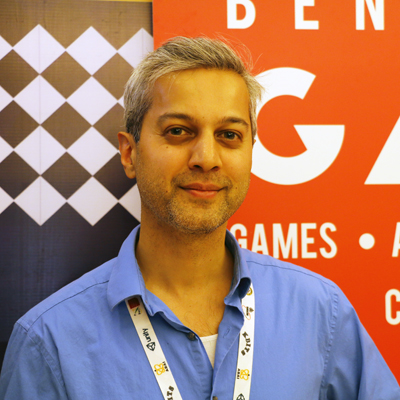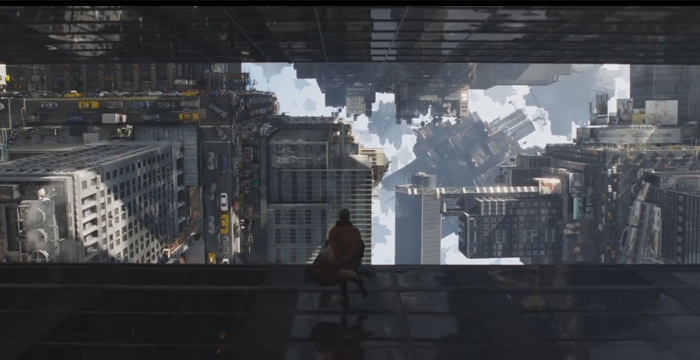Let’s be honest, Marvel’s Doctor Strange was arguably the most mind-bending movie of the recent times, at least visually. Replete with trippy, dimension-shifting visuals, Marvel was pretty successful in bringing about the essence of the comics to life in the feature, with great élan that is.
However, it is pretty clear that in order to create a movie like this and to achieve what the makers have achieved, a lot of hard work and exhaustive research was required. One of the most crucial parts was possibly the previs part or the pre-visualisation which brings about the primal shape of how the film will look and how to go about it.

The Third Floor, previs : postvis supervisor, Faraz Hameed, who was responsible for overseeing the previs process for Doctor Strange was present at GAFX 2017 and provided us a brief insight about how he and his team went about with the initial concept of the feature.
Firstly, to make it lucid, Hameed gave a brief on how the previs part is divided. It consists of four parts, he said.
Pitchvis: The inception of the idea coming to life with very short clips which is then pitched to the directors / makers where they choose the best one from the various ideas presented. It’s more like ideas for previs people.
Previs: This is the actual, well-articulated phase after the pitch is selected. The concept is brought to life in small videos by presenting a scene or two. It is mostly done with very simple graphic work while making the concept pretty clear.
Techvis: Once the concept is approved, the previs team then calculates what the production / tech team will require in order to complete the proposed shoot to bring it to life. This ranges from cameras, equipments, vehicles, schedules and more. The requirements are then communicated to the shoot crew.
Postvis: The VFX ready movie is not readily available right after the shoot, sometime it takes a long, long time before the final, VFX integrated final version is out. Postvis provides an early look into how the scenes would look with the VFX. This is achieved by putting the previs concepts to the scenes shot.
As Hameed described, he and his team worked on the feature for two years. They prevised over 3,000 shots with at least 23 sequences with around 30 previs and postvis artists working on it. The previs was of approximately 90 minutes which included 30 previs sequences (2,620 shots). The postvis included 32 sequences and had 2705 shots.
The speaker described that the initial inspiration came from the comics of Doctor Strange as they were given access to the whole comic library of Marvel.
Director Scott Derrickson gave them the brief that they need to investigate visual illusions like hallucinogenic images. Hameed went about investigating fractals (an abstract object used to describe and simulate naturally) and how to make it fun to watch. Usually fractals take a lot of time to work on and so they had to make it light which was easily produced in Maya. The team had to handcraft fractals for this movie. They did a previs with fractals which was presented to Marvel’s Kevin Feige and got a green signal from there.

He disclosed that not all the previs shots saw the light of the day, but that is just how it works. However, previs apparently saves a lot of money for the makers, as everything is well planned and hence executed perfectly.
Next they did modelling. It was important to have the previs characters resemble the actors who would be playing the roles so the previs scenes felt accurate and representative for the director. Thus, instead of looking at the shot, they look at the character.
Derrickson had told his team to actually build the original set the same as previs, as the base idea is already existent. Previs even helps in the scriptwriting process.
For Doctor Strange’s Hong Kong chase scene, the entire, half a mile set was created in Longcross studio in London and was brought to life with final touches of CGI. It was the most challenging sequence and had 300 shots which had to be shot in 60 days.
Hameed also showcased some examples of the scenes in the early concept stages which can be later seen in the movie, like the cross-road chase sequence which reportedly took a lot of effort. He also displayed various scenes and how they looked during the previs, the actual shot, postvis and finally the end product.
All in all, the session was an absolute treat; getting initial insights to such a VFX heavy movie was kind of mind-boggling in itself.
Also read: Unravelling the visual concoction of Marvel’s ‘Doctor Strange’ through the previs prespective

